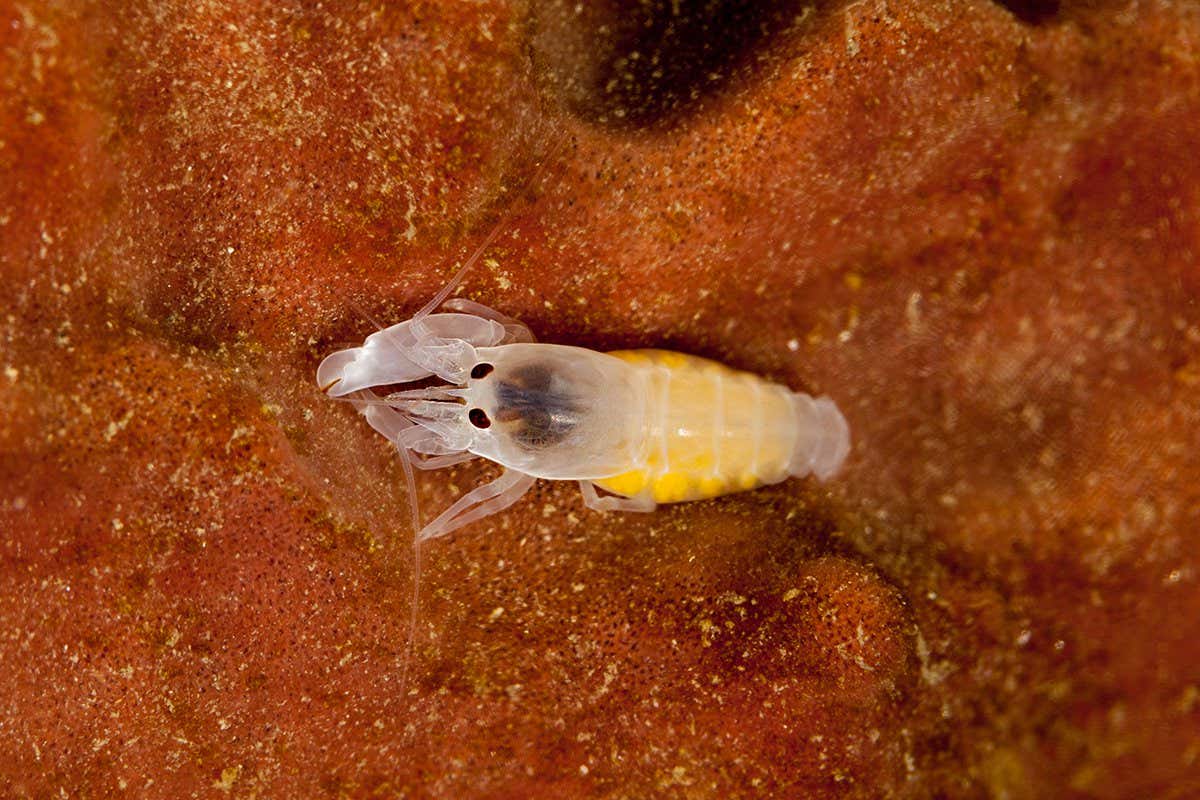Mini Claws, Mega Speed: Shrimp Beats Record
A tiny crustacean has just rewritten the record books for speed, leaving scientists utterly amazed. A species of mantis shrimp, known for its lightning-fast strikes, has been clocked at speeds previously thought impossible for an animal of its size. This discovery opens up exciting new avenues of research into biomechanics and could even inspire the design of faster, more efficient robots.
The Speed Demon of the Deep
The research, published in the prestigious journal Nature, details the incredible feats of Odontodactylus scyllarus, a species of mantis shrimp also known as the peacock mantis shrimp. These colorful creatures, found in coral reefs across the Indo-Pacific, are already famous for their powerful, predatory strikes. They use their specialized raptorial appendages to smash prey with incredible force, often pulverizing shells with ease.
However, the newly recorded speeds are even more astonishing. Using high-speed cameras capable of capturing thousands of frames per second, researchers were able to measure the acceleration of the shrimp's strike. The results? A staggering 80 kilometers per hour (50 mph) in a fraction of a millisecond! This translates to an acceleration exceeding that of a .22 caliber bullet.
Unlocking the Secrets of Speed
What makes this tiny shrimp so unbelievably fast? The answer lies in a complex interplay of biological mechanisms:
- Specialized Appendages: The mantis shrimp's raptorial appendages are uniquely designed. They are composed of a spring-loaded mechanism that stores energy and releases it explosively.
- Muscle Power: The shrimp possesses incredibly powerful muscles capable of generating immense force in a short period.
- Hydraulic System: A sophisticated hydraulic system assists in the rapid acceleration of the appendage.
These features work together in perfect harmony to deliver an unparalleled punch, far exceeding the capabilities of similarly sized animals.
Implications for Engineering and Beyond
This groundbreaking research has significant implications beyond the field of biology. The mantis shrimp's remarkable speed and power could inspire the design of:
- Faster Robots: Mimicking the shrimp's spring-loaded mechanism could lead to the creation of robots capable of incredibly fast movements.
- Improved Materials: Studying the structure of the shrimp's appendages could provide insights into the development of new, high-strength materials.
- Advanced Weaponry: While ethically questionable, the underlying principles could potentially be applied to the development of more efficient weaponry (though this application is unlikely to be pursued).
Further Research and Future Discoveries
The study opens up a wealth of opportunities for future research. Scientists are eager to delve deeper into the mechanics of the shrimp's strike, hoping to fully understand the intricate biological mechanisms at play. This includes investigating the role of different proteins and the precise interplay of muscular and hydraulic systems.
The discovery underscores the incredible diversity and ingenuity of the natural world and reminds us that there's still much to learn about the seemingly simple creatures around us. This tiny shrimp, with its "mini claws" and "mega speed," has proven that even the smallest organisms can hold the key to groundbreaking scientific discoveries.
Keywords: Mantis shrimp, Odontodactylus scyllarus, speed record, biomechanics, high-speed camera, robotics, materials science, scientific discovery, nature, animal speed, crustacean
Call to Action: What other incredible feats of nature are waiting to be discovered? Share your thoughts in the comments below!

